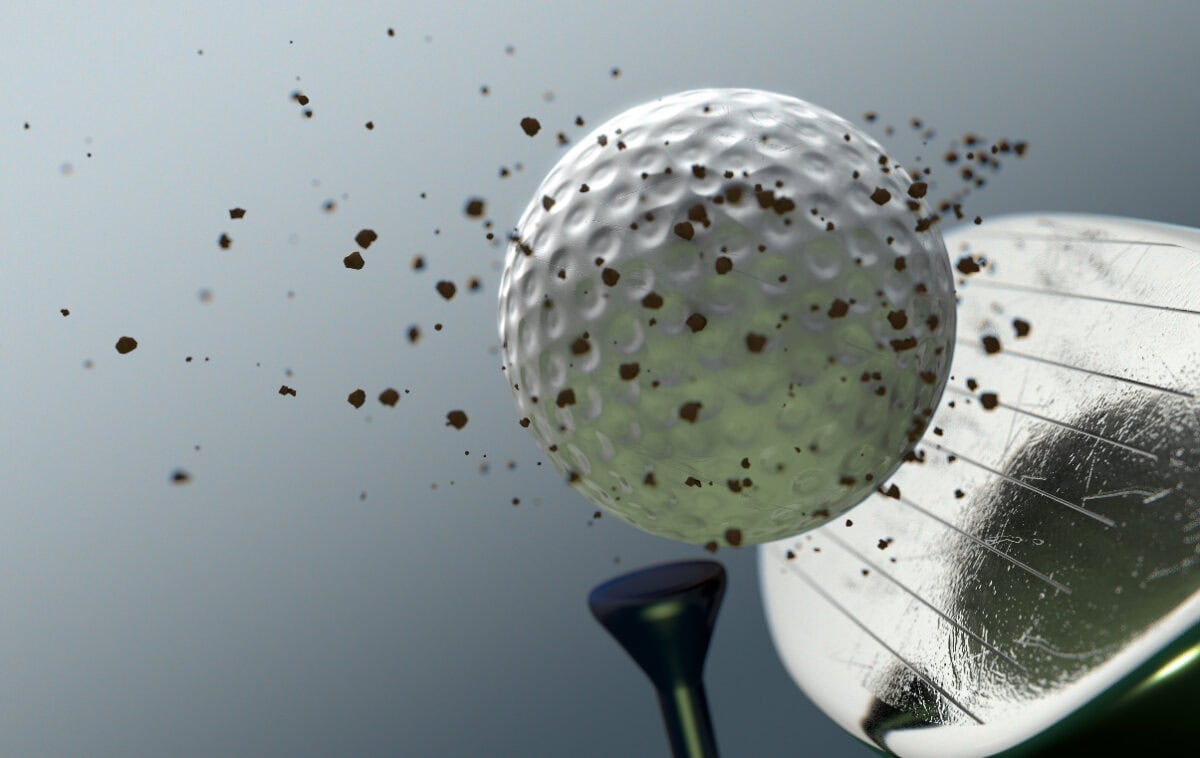What are Rewashed Golf Balls?
Golf balls aren’t meant to last forever. After repeated play, the covers get scuffed up, the paint wears off, and performance starts to decline.
At this point, most golfers would throw them away and buy a fresh dozen. But some used balls get a second life through a process called rewashing. What exactly does this involve and what are the pros and cons of using rewashed balls?
Let’s take a look at what ball reconditioning entails, who uses rewashed balls, how they compare to new ones, and whether they represent a smart purchase for your game.

The Used Golf Ball Market
First, it helps to understand the marketplace for used golf balls. For many players, used balls provide an affordable way to play premium models. Used balls come from a variety of sources:
- Golf course range collections
- Balls fished from water hazards or dense roughs
- Factory rejects and overruns
- Surplus inventory from retailers, tournaments, etc.
Sorting companies purchase these used balls in bulk then clean, grade, and resell them to consumers, retailers, and ranges. This diversion of used balls saves millions per year in recycled balls.
What is the Rewashing Process?
Most used balls just get the surface cleaned and lightly buffed before the sale. But balls too scuffed yet still playable undergo a deeper reconditioning process commonly referred to as rewashing:
- A chemical bath removes the remaining dirt, debris, and stains from the cover.
- More abrasive buffing smooths out larger scratches and mars in the cover.
- Logos are often repainted and stamped.
- Clear coatings help restore gloss and seal the ball surface.
- Quality control checks for acceptable quality before reselling.
The rewashing process aims to provide like-new aesthetics and performance at discount prices.
Who Buys Rewashed Golf Balls?
Here are the primary markets for rewashed used golf balls and why:
- Driving ranges – Rewashed balls cost far less than new in bulk. Durability extends usage.
- Value-focused golfers – Get performance similar to new balls at significant savings.
- Collectors – Can find rare, old models unavailable new.
- International markets – Importing rewashed balls reduces costs.
While not for everyone, the value and performance justify rewashed balls for many players and facilities.
Grades of Rewashed Golf Balls
Not all rewashed balls undergo the same level of reconditioning. Here are the typical grades:
- Mint – Near pristine with virtually no signs of use. Like new.
- Recycled – Moderate use and imperfections like staining but well cleaned.
- Refurbished – Heavier used condition requiring rewashing to restore.
- Practice – Intense rewashing of extremely worn balls strictly for casual play.
- Refins – Branded with fake logos, illegal for use and sale.
Stick with mid-grade or better from reputable sellers for decent quality.
Pros of Playing Rewashed Golf Balls
Here are the main benefits and advantages of using rewashed golf balls:
- Major cost savings – Up to 70% less than new but near identical quality.
- Environmentally friendly – Recycles used balls that would otherwise be discarded.
- Similar performance – The rewashing process restores ball flight.
- Fun finds – Cool, rare balls sometimes surface from collections.
- Try pricey balls affordably – Play $50/dozen balls for under $20.
If you don’t mind some very minor cosmetic imperfections, rewashed balls offer outstanding value and performance.
Potential Cons of Rewashed Balls
However, there are also some drawbacks to be aware of with rewashed golf balls:
- No control over exact ball models in multipacks.
- Differing feel and playability across mixed batches.
- Often stamped with ink logos rather than printed.
- Not approved for sanctioned competitive rounds.
- Durability is not equal to new balls after rewashing.
- Too cleaned/refinished balls resemble old range balls.
While reconditioned balls provide excellent value, expect some variability in quality and flight.

Comparing Rewashed Balls to New
How does the performance of rewashed golf balls stack up to brand-new models? Here’s how they generally compare:
- Rewashed carry acceptable distance – within 3-5% of new.
- Spin rates are reasonable but not matched precisely to new ones.
- Desktop tests like compression may differ slightly from new ones.
- The cover feels smooth out over time with use.
- Colors and logos fade eventually with cleaning.
- Flight can be less consistent as balls get aged.
While very close, new balls do maintain an advantage in uniformity.
Maximizing Quality When Buying Rewashed
To get the best value from rewashed balls, follow these tips when purchasing:
- Buy from well-reviewed large-volume sellers with rigorous grading.
- Inspect balls carefully upon arrival for any dubious quality.
- Pay a little extra for mint-grade balls when possible.
- Avoid the cheapest listings which likelier use lower grade balls.
- Purchase smaller sample batches at first to gauge seller reliability.
- Be wary of prices seeming too good to be true.
While still a bargain, a few extra dollars ensure respectable ball quality and flight consistency.
Give Rewashed Balls a Shot
In the end, with reasonable expectations, rewashed golf balls offer an unbeatable value alternative to playing only top-dollar new pro balls.
As long as you recognize the trade-offs in precision and feel, rewashed balls can help any golfer on a budget play for less but still play well. You might even get hooked on the thrill of discovering buried treasures in used batches.
So give reconditioned balls a fair try. Just be sure to buy from trusted sellers. Your wallet will thank you after seeing how rewashed balls can rejuvenate your game.
